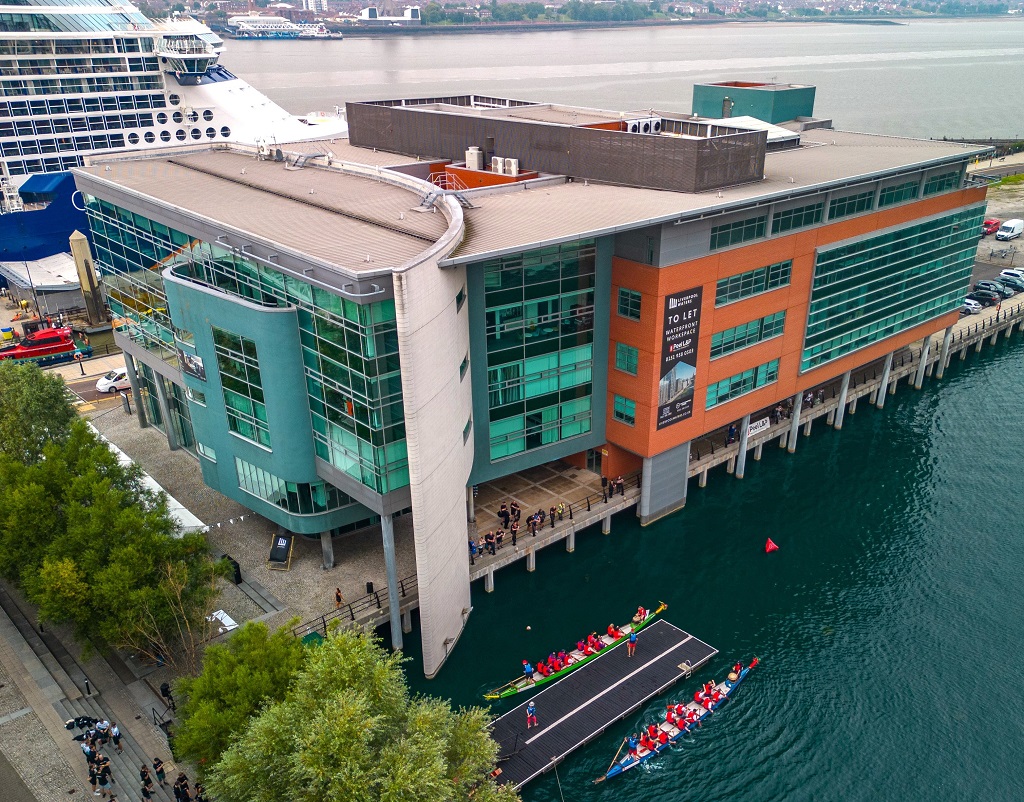New listings for Liverpool and Windermere slavery sites
To mark UNESCO's first International Day for the Remembrance of the Slave Trade and its Abolition, last Saturday, Margaret Hodge, culture minister, announced new protection for the birthplace of William Gladstone in Liverpool and a memorial statue to a slave in Windermere.
The birthplace of William Ewart Gladstone, at 62 Rodney Street, Liverpool, one of 70 listed Georgian houses on the street, was upgraded to Grade II*. The house, an example of a late 18th Century merchant's town house, has numerous connections with the slave trade. It was commissioned by Gladstone's father, John Gladstone, in 1792. Gladstone senior moved to Liverpool in 1786 and owned several sugar plantations in the West Indies. From 1809 he was chairman of the Liverpool West Indian Association, and opposed total abolition, although he did acknowledge the responsibilities of slave owners.
Rodney Street itself was laid out by William Roscoe, one of Liverpool's most ardent abolitionists, as the beginning of a Georgian residential development away from the old town centre, and its length, width and straightness was unprecedented in Liverpool at that time.
Also upgraded to Grade II* was Allerton Hall in Springwood Avenue, Liverpool, home to Roscoe between 1798 and 1813.
In Windermere, the newly Grade II-listed tomb of Rasselas Belfield in St Martin's Churchyard, remembers an Ethiopian slave brought to England on 17 April 1803 by a Major Peter Taylor, who had bought him from his mother for the equivalent of about £5.
Belfield would have been about 13 years old when he arrived in Windermere, and it is probable that his master was Peter Taylor Junior, the youngest son of the major. He is most likely to have served young Peter Taylor in a capacity similar to that of a valet. The quality of his headstone and its poetic inscription suggest that he was a valued servant of the Taylor family.
The full inscription, in an incised scrolled design, reads: "IN MEMORY / of/ RASSELAS BELFIELD / a Native of / ABYSSINIA. / Who departed this Life on the / 16. Day of January 1822, / Aged 32 Years. //A Slave by birth I left my native Land / And found my Freedom on Britannia's Strand: / Blest Isle! Thou Glory of the Wise and Free, / Thy Touch alone unbinds the Chains of Slavery."
All listed buildings possess special interest according English Heritage, a Government agency. Those listed in Grade II* possess more than special interest and those in Grade I possess exceptional interest. Grade II* exists as a category to mark very fine buildings, which approach but fall short of, the uppermost tier.



